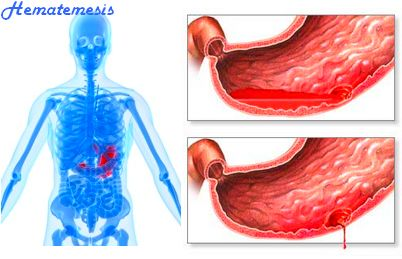Steatosis and steatohepatitis are two related conditions that affect the liver. The main difference between these conditions is that steatosis is the accumulation of fat in liver cells, while steatohepatitis is a more severe form of liver disease that is characterized by inflammation and damage to liver cells.
Steatosis, also known as fatty liver disease, occurs when the liver accumulates too much fat. This can be caused by a variety of factors, including alcohol use, obesity, insulin resistance, and certain medications. Steatosis typically does not cause any symptoms and is usually detected incidentally during imaging tests or blood tests. While steatosis is generally considered a benign condition, it can progress to more severe forms of liver disease, such as steatohepatitis, if left untreated.
Steatohepatitis, also known as nonalcoholic steatohepatitis (NASH), is a more severe form of liver disease that is characterized by both the accumulation of fat in liver cells and inflammation and damage to liver cells. NASH is typically associated with obesity, insulin resistance, and metabolic syndrome. Unlike steatosis, NASH can cause symptoms such as fatigue, abdominal pain, and yellowing of the skin and eyes (jaundice). If left untreated, NASH can progress to cirrhosis, liver failure, and liver cancer.
In summary, while steatosis is the accumulation of fat in liver cells, steatohepatitis is a more severe form of liver disease that is characterized by inflammation and damage to liver cells in addition to fat accumulation.
The exact mechanism of inflammation and liver cell damage in steatohepatitis is not fully understood, but it is believed to be a complex process involving multiple factors.
One of the key factors contributing to inflammation and liver cell damage in steatohepatitis is oxidative stress. This occurs when there is an imbalance between the production of reactive oxygen species (ROS) and the ability of the body's antioxidant defenses to neutralize them. In steatohepatitis, the accumulation of fat in liver cells leads to increased ROS production, which can damage liver cells and trigger an inflammatory response.
Another important factor is the activation of the immune system. In steatohepatitis, the accumulation of fat in liver cells can trigger an immune response, leading to the activation of immune cells such as macrophages and T cells. These immune cells release inflammatory mediators that can damage liver cells and contribute to the progression of the disease.
In addition to these factors, there are also genetic and environmental factors that may contribute to the development of steatohepatitis. For example, certain genetic mutations have been linked to an increased risk of developing the disease, and environmental factors such as a high-fat diet, sedentary lifestyle, and exposure to certain toxins may also play a role.
Overall, the development of inflammation and liver cell damage in steatohepatitis is a complex process that involves multiple factors, including oxidative stress, immune activation, and genetic and environmental factors.






